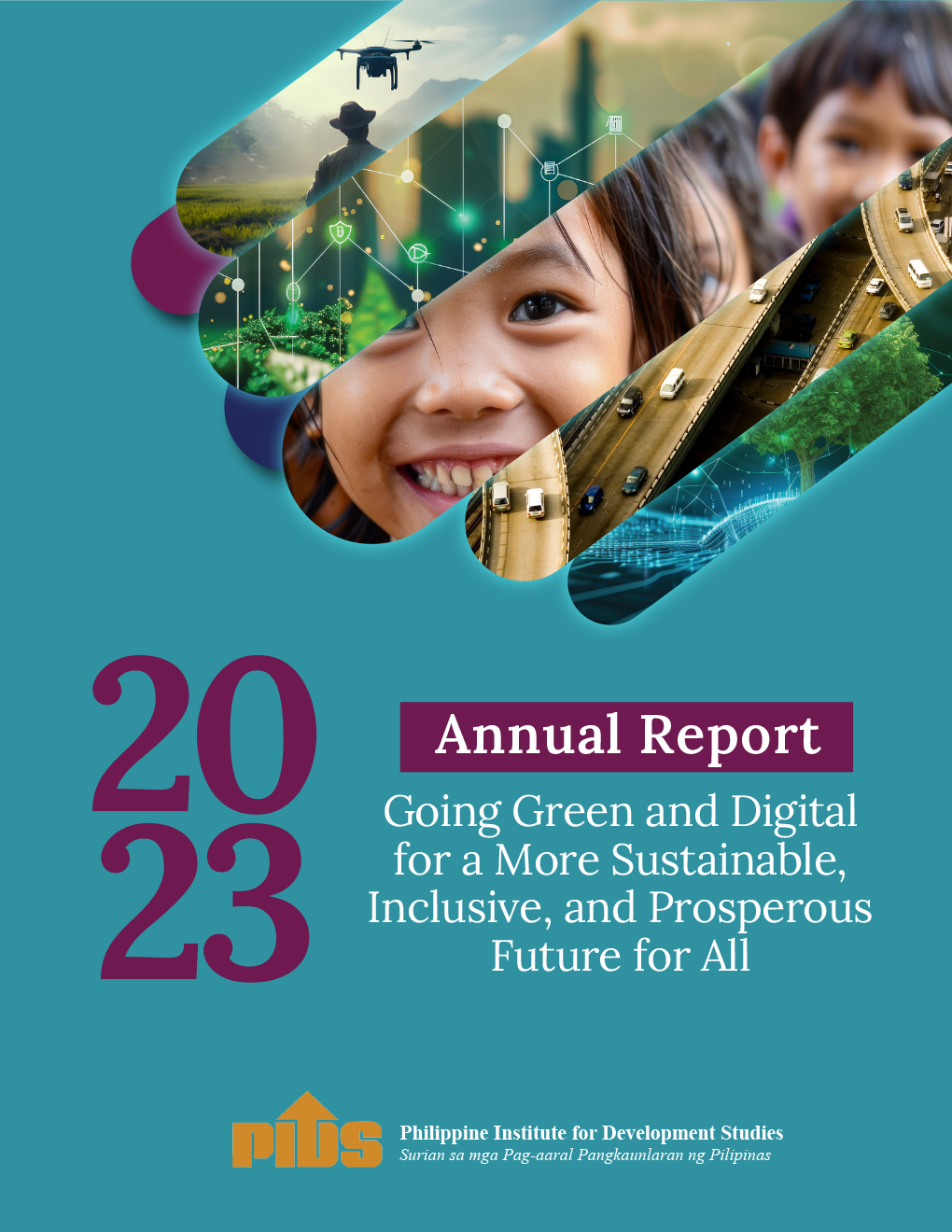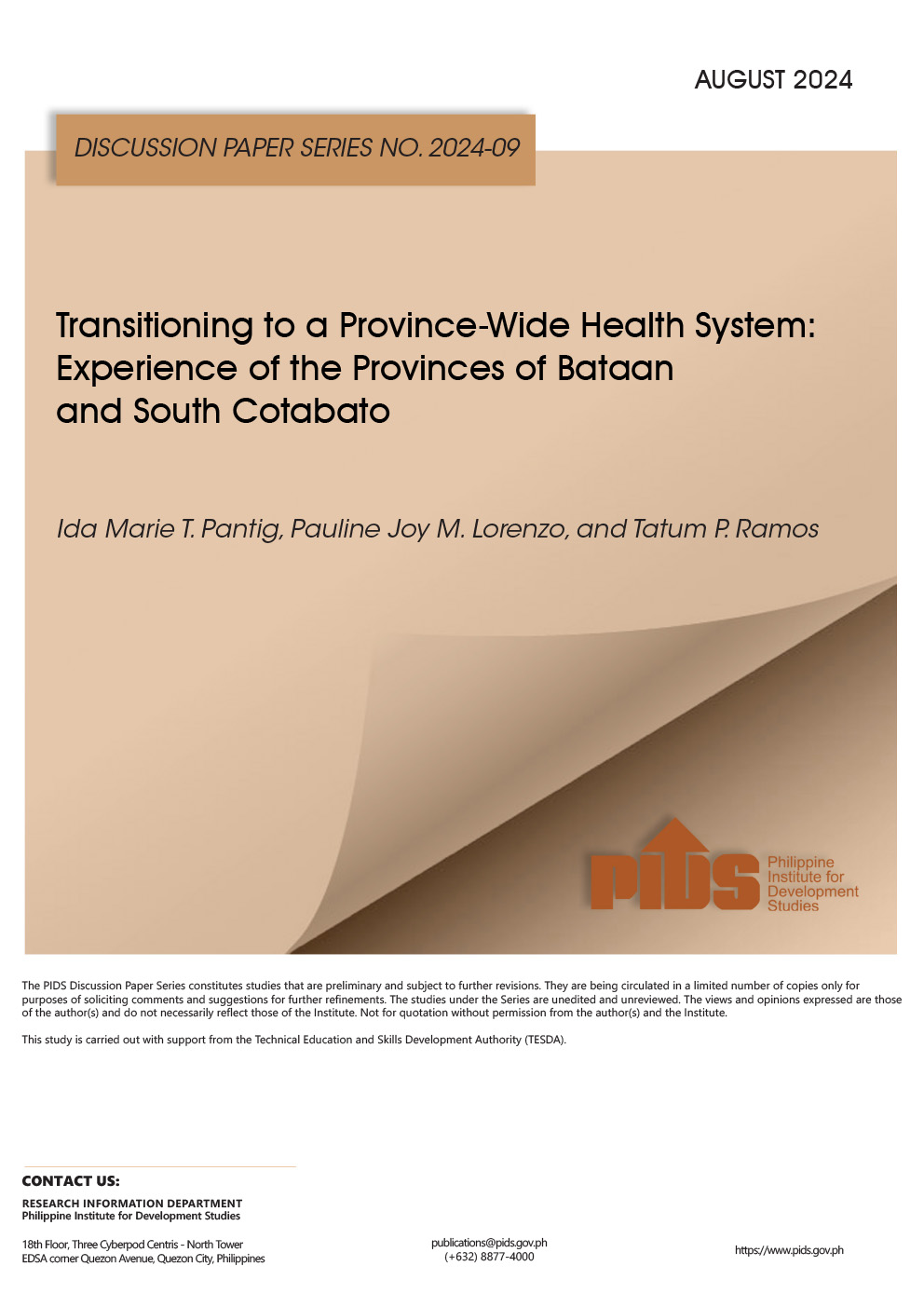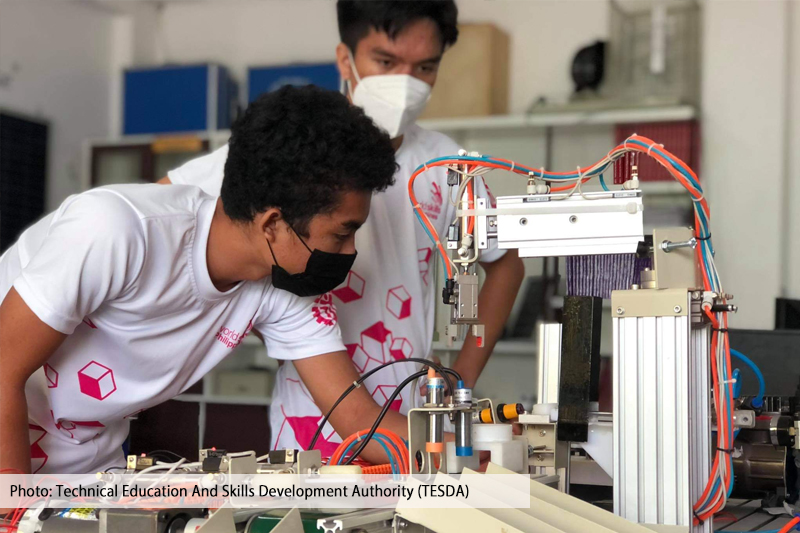Manila should negotiate with Seoul to postpone the implementation of stringent standards on fruit imports for at least a year to ensure that Philippine banana growers and exporters would not incur huge losses.
The Pilipino Banana Growers and Exporters Association (PBGEA) warned that Seoul’s implementation of a stringent maximum residue limit (MRL) on fruit imports next year could cause exporters to lose a lion’s share of the South Korean banana market.
“Once the zero MRL is implemented on January 1, 2017, there are no ifs and buts about it. That’s why it’s important for the government to understand the urgency of the matter,” PBGEA President Alexander N. Valoria told the BusinessMirror.
Valoria said the government should initiate a bilateral talk with Seoul to retain the status quo on MRL standards until 2018. This, he said, will allow the Philippine banana industry to prepare for full compliance with the new measures.
“The government should reach out to South Korea, because they will not talk to the private sector,” he said.
MRL is the maximum concentration of a pesticide residue to be legally permitted in food commodities and animal feeds, according to the Food and Agriculture Organization (FAO).
The MRL standards are guided by the Codex alimentarius, or more commonly known as the “food code,” which details specific limits for every chemical compounds found in pesticides known and used in the global market.
The food code, which is reviewed annually to adapt according to market need, is a global standards set and assessed by the FAO and the World Health Organization (WHO) to ensure food safety.
In April 2013 South Korea’s Ministry of Food and Drug Safety (MFDS) announced that it would adopt a positive list system (PLS) on MRLs, and would do away with the traditional food code.
The transition from Codex to PLS would mean that South Korea will only keep its own MRL standards, while any chemical ingredient that is not registered and recognized by the MFDS would automatically be assigned an MRL of 0.01 parts per million (ppm).
This means that any produce that has a pesticide residue exceeding 0.01 ppm will not be allowed to enter the Korean market.
“The small growers are at risk as they don’t have the flexibility to shift to other chemicals to undertake the alternative operations to mitigate the results of not using a particular chemical in operations,” Valoria said.
The MFDS said at least 39 out of the 44 MRLs for recognized chemicals used in bananas would be converted into the 0.01-ppm MRL regime.
However, exporters could apply for the establishment of new MRLs or a change of MRL for particular chemical compounds found in pesticides used in their respective agriculture sectors,
according to MFDS.
For toxicity-data testing, Seoul charges a fee of 30 million KRW (equivalent to P1.31 million) for the establishment of MRL, while an exemption or change of MRL would cost 10 million KRW (P436,000).
As for residual-data testing of chemical compounds, the South Korean government charges 5 million KRW (P218,000). MFDS would release the new and specific MRL results for chemical compounds applied for change or exemption of MRL after 210 days.
MFDS said it would take at least a year for the establishment of an MRL for unrecognized chemicals.
Valoria said companies have already submitted a number of chemicals for testing. MFDS, he added, has already assigned MRLs for these chemicals.
However, he said there are more chemicals that are awaiting the approval of the MFDS, including a “crucial” chemical compound called Chlorpyrifos, which fights and controls scale insect infestation in bananas.
“There are several chemicals awaiting decision, but in our mind as far as the banana industry is
concerned, Chlorpyrifos is the single most important remaining one,” Valoria said.
“The Korea-MFDS advised us that they will still render a decision on that [Chylorpyrifos] some time later in 2017,” he added.
Currently, Seoul’s MRL for Chlorpyrifos is at 2.0 ppm, which is based on the Codex, according to MFDS data. Chlorpyrifos is included in the number of chemical compounds that would be assigned an MRL of 0.01 ppm starting next year.
For Roehlano M. Briones, senior research fellow of the Philippine Institute for Development Studies, Manila could file a case against Seoul before the World Trade Organization (WTO) if bilateral talks between the two countries break down.
“We have to figure out why they changed their minds about the MRL measures. Because if they don’t have any technical finding supporting the change or any scientific basis then we file a complaint,” Briones told
the BusinessMirror.
He noted that the as a body, the WTO does not usually react on trade issues unless there’s a “blatant” violation of agreements or a member-country files a complaint.
The Philippines accounts for more than 90 percent of bananas being imported by South Korea annually. Philippine exporters shipped a total of 212,083 metric tons (MT) of bananas to South Korea valued at $80.99 million in 2015, according to data from the Philippine Statistics Authority (PSA).
PSA data also showed that South Korea accounted for 12.31 percent of total Philippine banana exports last year.//
The Pilipino Banana Growers and Exporters Association (PBGEA) warned that Seoul’s implementation of a stringent maximum residue limit (MRL) on fruit imports next year could cause exporters to lose a lion’s share of the South Korean banana market.
“Once the zero MRL is implemented on January 1, 2017, there are no ifs and buts about it. That’s why it’s important for the government to understand the urgency of the matter,” PBGEA President Alexander N. Valoria told the BusinessMirror.
Valoria said the government should initiate a bilateral talk with Seoul to retain the status quo on MRL standards until 2018. This, he said, will allow the Philippine banana industry to prepare for full compliance with the new measures.
“The government should reach out to South Korea, because they will not talk to the private sector,” he said.
MRL is the maximum concentration of a pesticide residue to be legally permitted in food commodities and animal feeds, according to the Food and Agriculture Organization (FAO).
The MRL standards are guided by the Codex alimentarius, or more commonly known as the “food code,” which details specific limits for every chemical compounds found in pesticides known and used in the global market.
The food code, which is reviewed annually to adapt according to market need, is a global standards set and assessed by the FAO and the World Health Organization (WHO) to ensure food safety.
In April 2013 South Korea’s Ministry of Food and Drug Safety (MFDS) announced that it would adopt a positive list system (PLS) on MRLs, and would do away with the traditional food code.
The transition from Codex to PLS would mean that South Korea will only keep its own MRL standards, while any chemical ingredient that is not registered and recognized by the MFDS would automatically be assigned an MRL of 0.01 parts per million (ppm).
This means that any produce that has a pesticide residue exceeding 0.01 ppm will not be allowed to enter the Korean market.
“The small growers are at risk as they don’t have the flexibility to shift to other chemicals to undertake the alternative operations to mitigate the results of not using a particular chemical in operations,” Valoria said.
The MFDS said at least 39 out of the 44 MRLs for recognized chemicals used in bananas would be converted into the 0.01-ppm MRL regime.
However, exporters could apply for the establishment of new MRLs or a change of MRL for particular chemical compounds found in pesticides used in their respective agriculture sectors,
according to MFDS.
For toxicity-data testing, Seoul charges a fee of 30 million KRW (equivalent to P1.31 million) for the establishment of MRL, while an exemption or change of MRL would cost 10 million KRW (P436,000).
As for residual-data testing of chemical compounds, the South Korean government charges 5 million KRW (P218,000). MFDS would release the new and specific MRL results for chemical compounds applied for change or exemption of MRL after 210 days.
MFDS said it would take at least a year for the establishment of an MRL for unrecognized chemicals.
Valoria said companies have already submitted a number of chemicals for testing. MFDS, he added, has already assigned MRLs for these chemicals.
However, he said there are more chemicals that are awaiting the approval of the MFDS, including a “crucial” chemical compound called Chlorpyrifos, which fights and controls scale insect infestation in bananas.
“There are several chemicals awaiting decision, but in our mind as far as the banana industry is
concerned, Chlorpyrifos is the single most important remaining one,” Valoria said.
“The Korea-MFDS advised us that they will still render a decision on that [Chylorpyrifos] some time later in 2017,” he added.
Currently, Seoul’s MRL for Chlorpyrifos is at 2.0 ppm, which is based on the Codex, according to MFDS data. Chlorpyrifos is included in the number of chemical compounds that would be assigned an MRL of 0.01 ppm starting next year.
For Roehlano M. Briones, senior research fellow of the Philippine Institute for Development Studies, Manila could file a case against Seoul before the World Trade Organization (WTO) if bilateral talks between the two countries break down.
“We have to figure out why they changed their minds about the MRL measures. Because if they don’t have any technical finding supporting the change or any scientific basis then we file a complaint,” Briones told
the BusinessMirror.
He noted that the as a body, the WTO does not usually react on trade issues unless there’s a “blatant” violation of agreements or a member-country files a complaint.
The Philippines accounts for more than 90 percent of bananas being imported by South Korea annually. Philippine exporters shipped a total of 212,083 metric tons (MT) of bananas to South Korea valued at $80.99 million in 2015, according to data from the Philippine Statistics Authority (PSA).
PSA data also showed that South Korea accounted for 12.31 percent of total Philippine banana exports last year.//












